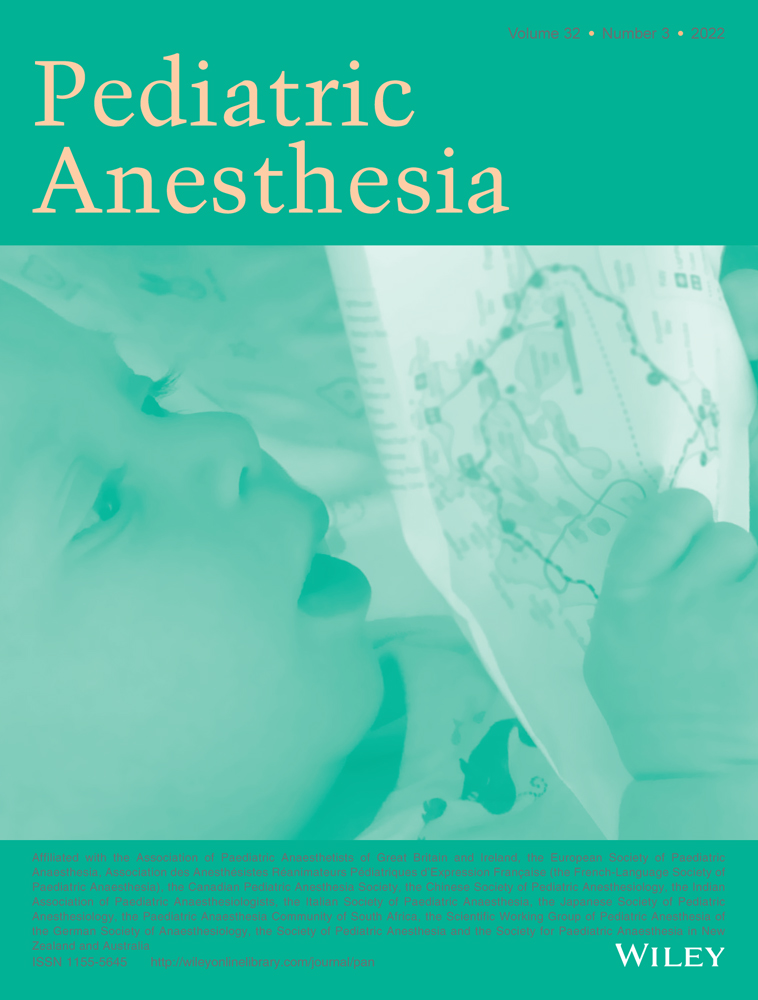Clinical significance of assessing cerebral blood volume by time-domain near-infrared spectroscopy in children with congenital heart disease
Abstract
Background
Despite providing cerebral tissue oxygen saturation (StO2), the lack of quantitative information for continuous wave near-infrared spectroscopy (CW-NIRS) is an obstacle in evaluating cerebral hemodynamic conditions. Time-domain NIRS (TD-NIRS) provides both StO2 and cerebral blood volume and has recently become clinically available.
Aim
To investigate if the additional monitoring of cerebral blood volume by TD-NIRS facilitates the understanding of cerebral hemodynamic conditions in patients with congenital heart disease.
Methods
Preoperative TD-NIRS values were retrospectively reviewed in patients who underwent a cardiac surgery or catheter examination. We compared the values between patients with single and two ventricles. Moreover, we investigated the association of these values with the demographic and clinical variables.
Results
There was no significant difference in StO2 between single ventricle and two ventricles groups (median: 59.9 vs. 54.4, median difference [95% CI]: −4.06 [−9.90 to 2.90], p = .37). However, cerebral blood volume was significantly higher in the single ventricle group (median: 4.68 vs. 2.84, median difference [95% CI]: −2.01 [−2.88 to −1.06], p < .001). Spearman's rank correlation analysis demonstrated an association between StO2 and postmenstrual age (r = 0.35, p = .03). In contrast, cerebral blood volume was correlated with single ventricle physiology (r = 0.62, p < .001), postmenstrual age (r = 0.74, p < .001), central venous pressure (r = 0.38, p = .02), and SaO2 (r = −0.38, p = .02). The multivariable regression analysis identified the postmenstrual age, single ventricle physiology, and SaO2 as independent factors associated with cerebral blood volume. In the logistic analysis, cerebral blood volume was identified as a significant predictor of unfavorable conditions.
Conclusion
Cerebral blood volume monitoring detected differences in cerebral hemodynamic conditions, related to the age and the type of ventricle physiologies. However, the differences were not apparent in StO2. The additional monitoring of cerebral blood volume by TD-NIRS would facilitate a better understanding of cerebral hemodynamic conditions in patients with congenital heart disease.
CONFLICT OF INTEREST
Tomohiko Suemori has received speaking fee from IMI Co., Ltd. All other authors have no conflicts of interest to declare.
Open Research
DATA AVAILABILITY STATEMENT
The data that support the findings of this study are available from the corresponding author upon reasonable request.




